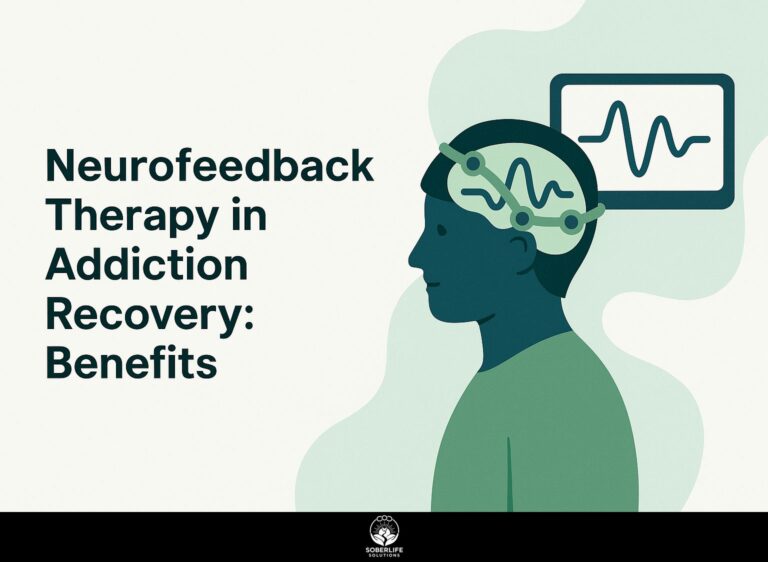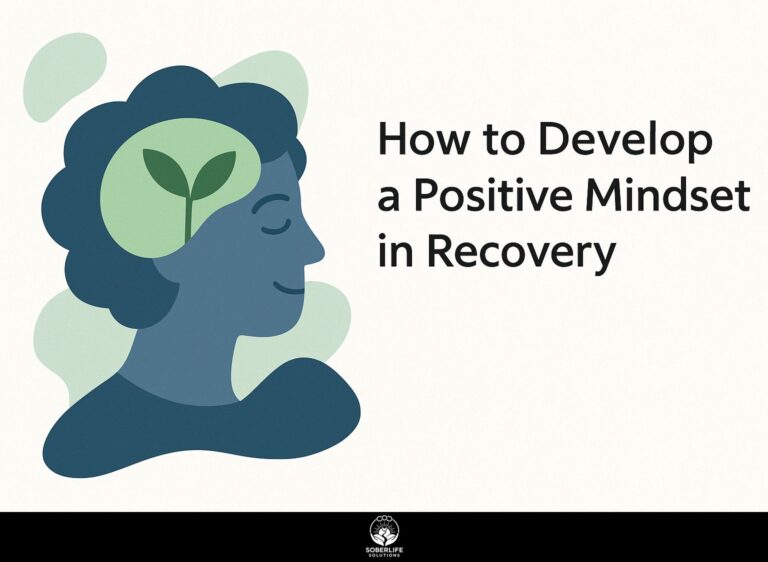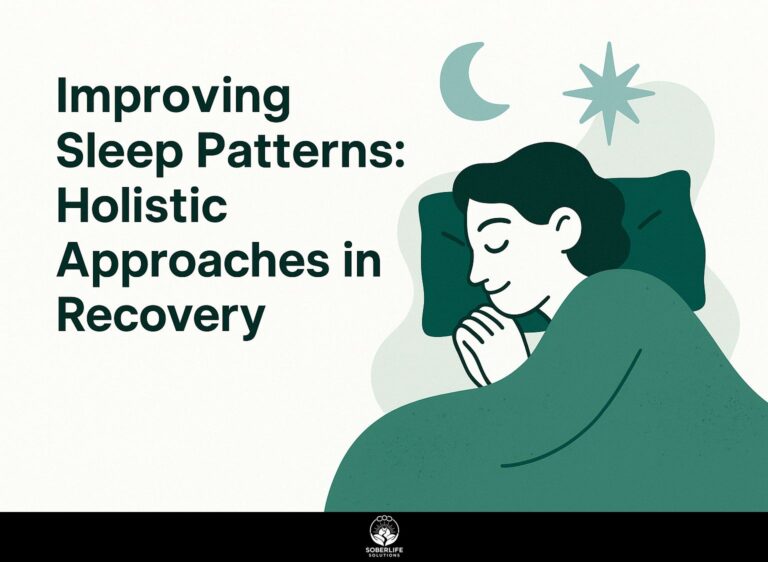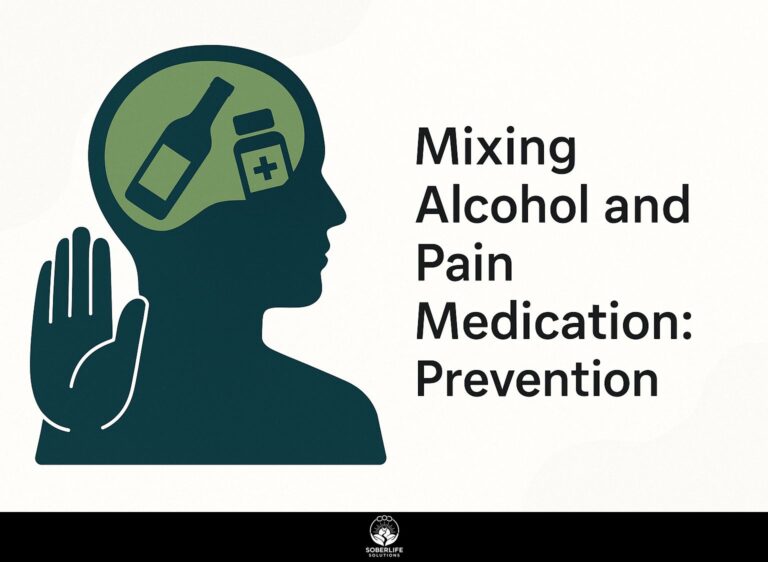Psycho Dynamic Approach in Recovery: Impact
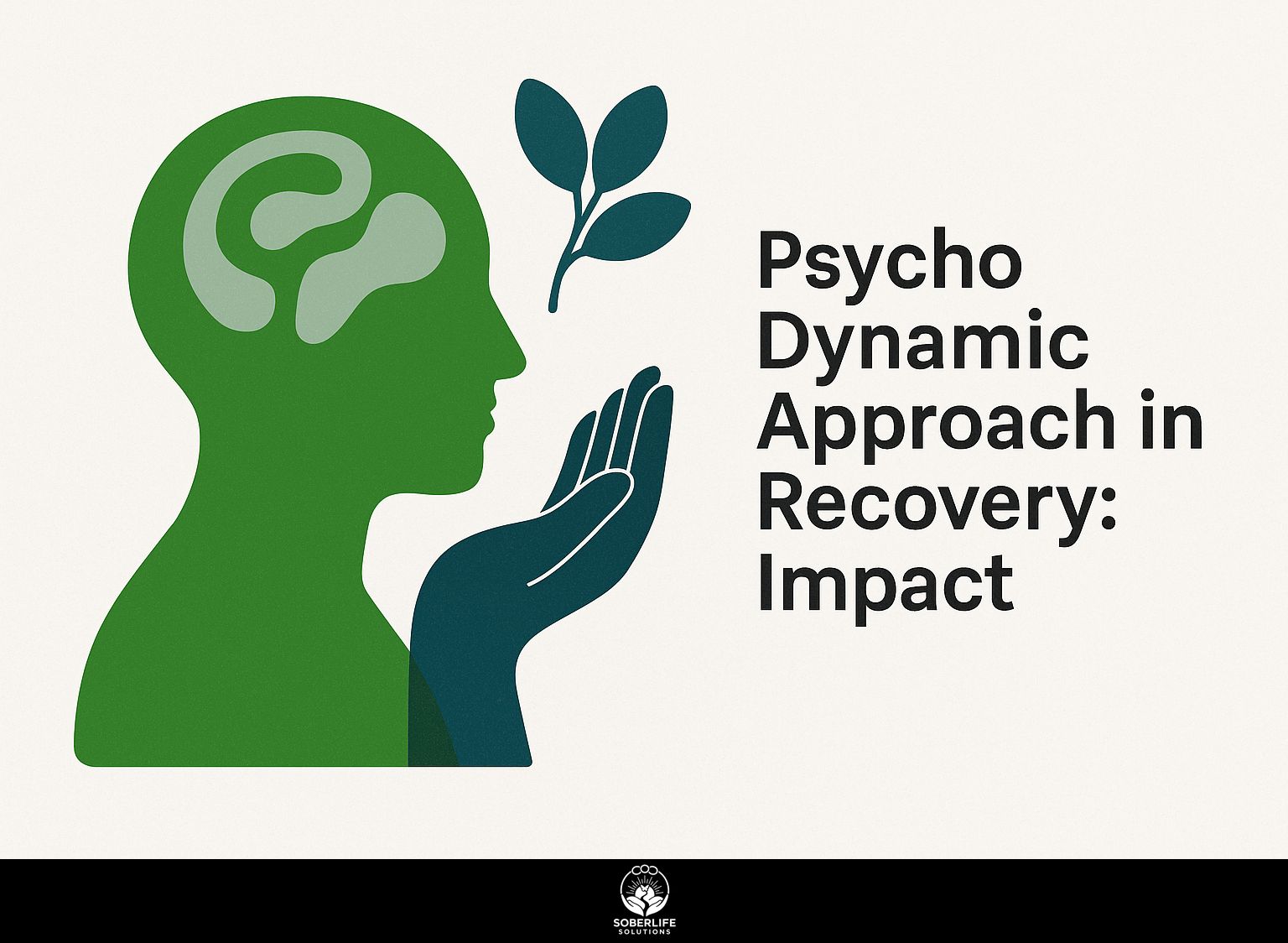
Psychodynamic therapy explores the mind to help manage substance use disorder and PTSD. It focuses on how trauma affects individuals and works on controlling emotions. This ego psychological method examines the unconscious mind to help people learn about their actions and feelings. In this article, we look at the changes the psychodynamic approach can bring in recovery settings, focusing on how it helps people become more aware of themselves and heal from past hurts. Learn how this therapy can lead to long-term recovery and strong emotional health.
Key Takeaways:
**Background of Psycho Dynamic Therapy** Psycho Dynamic Therapy started in the late 1800s and early 1900s. Sigmund Freud introduced the initial concepts, emphasizing how early childhood experiences and unconscious desires influence behavior. Over time, other psychologists expanded on Freud’s ideas, creating new techniques that remain significant in therapy today.
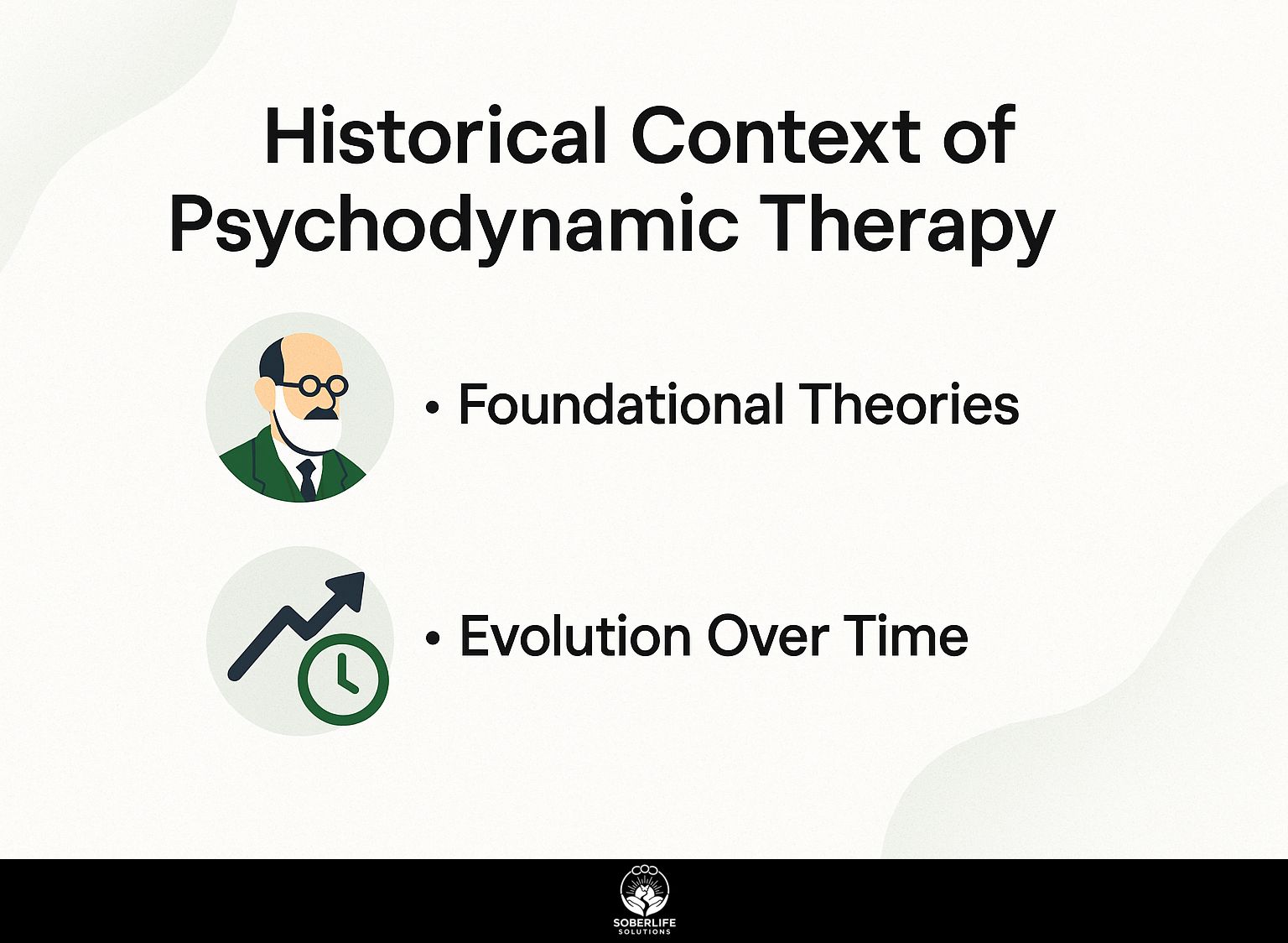
Psychodynamic therapy started with Sigmund Freud’s work and has influenced today’s psychiatric assessments and treatment approaches. For those interested in a comprehensive overview, Verywell Mind provides an in-depth look at Freud’s life, his theories, and their lasting influence on modern psychology.
Foundational Theories
Freud’s structural theory introduced important ideas like the id, ego, and superego, which help explain how the mind works and its impact on mental health.
These components help explain various mental health issues. For instance, the id represents primal instincts that can contribute to anxiety and impulsivity in individuals dealing with PTSD.
The ego mediates between the id and reality, often struggling to cope with overwhelming stressors. Meanwhile, the superego can exacerbate feelings of guilt and shame, hindering recovery.
Therapeutic methods based on Freud’s ideas, such as psychodynamic therapy, look at personal experiences and thoughts to help with recovery. These methods offer strategies that can greatly help individuals dealing with anxiety and trauma-related symptoms.
Evolution Over Time
Psychodynamic therapy has grown over the years, influenced by key concepts from Anna Freud and Judith Herman. They have helped to apply it more widely and to explain how trauma affects mental health.
Freud’s research on defense mechanisms clarified how unaddressed trauma affects emotional regulation.
Judith Herman’s important book, “Trauma and Recovery,” linked classic psychodynamic concepts with modern trauma theory, highlighting the importance of safety and trust in therapy. The New Yorker delves deeper into how Herman’s work continues to shape our understanding of trauma and justice for survivors in their article “A Trailblazer of Trauma Studies Asks What Victims Really Want”.
Today, methods such as Trauma-Focused Psychodynamic Therapy use mindfulness and physical approaches along with traditional techniques to help clients manage their thoughts and bodily responses.
Tools like the Trauma Symptom Inventory help practitioners assess client needs, while therapy apps like Headspace aid in supplementary mindfulness practices.
Key Concepts in Psycho Dynamic Therapy
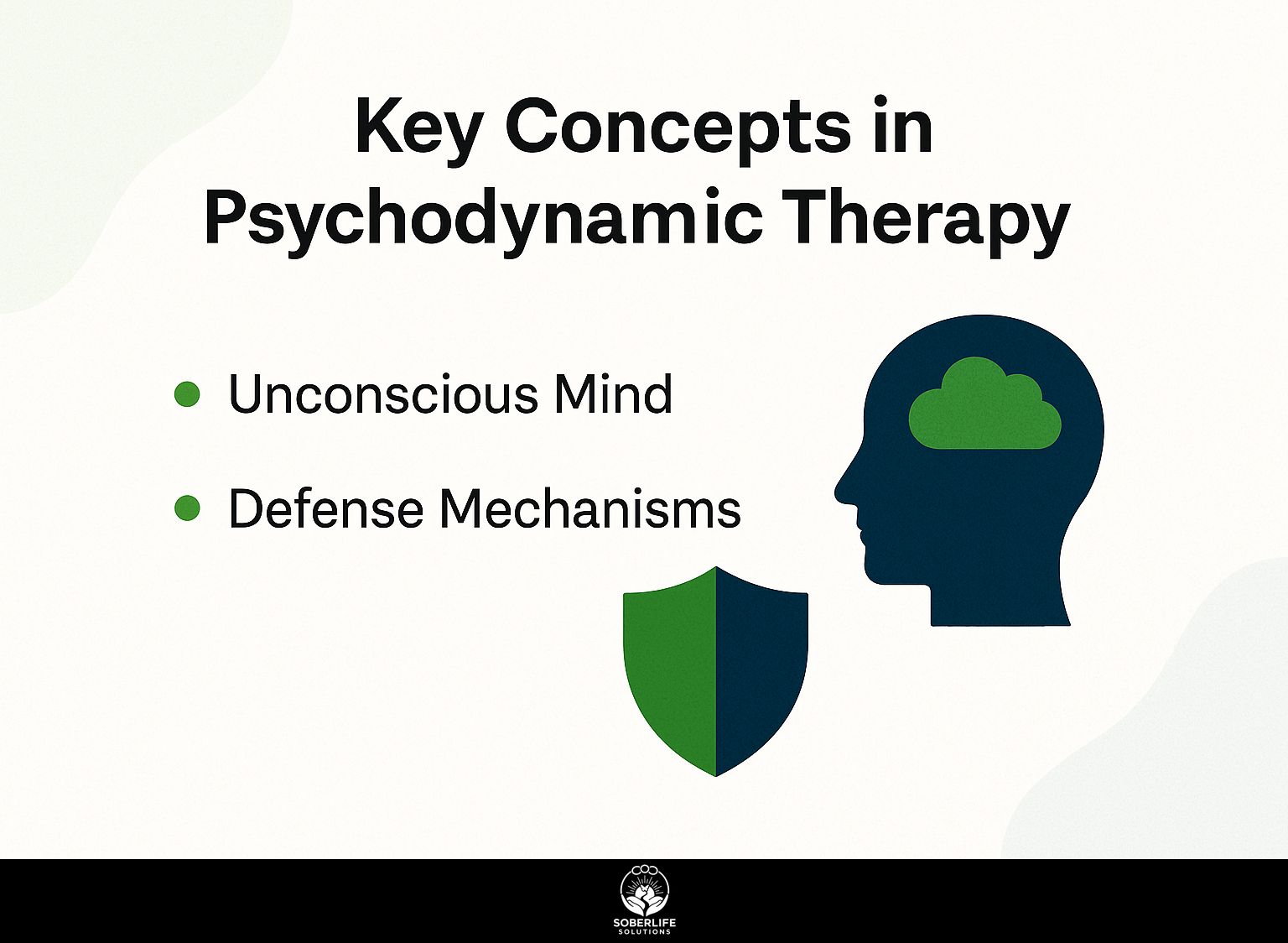
In psychodynamic therapy, important concepts are the unconscious mind and defense mechanisms. These ideas help clarify why patients act and feel the way they do.
Unconscious Mind
Knowing the subconscious is important for evaluating psychological dynamics, showing how childhood experiences affect current behavior and personality.
Employing projective tests-like the Rorschach Inkblot Test or Thematic Apperception Test (TAT)-can unearth repressed thoughts and feelings. According to Britannica, a client’s interpretation of ambiguous images may highlight unresolved conflicts linked to past trauma, providing valuable insights for therapists.
These findings are important for dealing with related issues like depression and anxiety. They help therapists adjust treatments to make them more effective. Combining results from these tests with standard therapy discussions helps form a stronger link between hidden motivations and aware actions, promoting real improvement in therapy.
Defense Mechanisms
Defense mechanisms such as repression or projection serve as critical barriers to self-awareness, often impacting the therapeutic relationship and treatment outcomes.
In therapy sessions, repression may surface when a client avoids discussing traumatic experiences, while projection can manifest as attributing personal insecurities to others.
Therapists can use methods such as listening carefully and urging clients to talk about their deeper feelings to tackle these mechanisms. For example, if a client often blames others for their issues, a therapist might carefully question this view by asking how those feelings connect to their own experiences.
This method encourages clients to work through their emotions and find ways to deal with their defense mechanisms positively.
Application in Recovery Settings
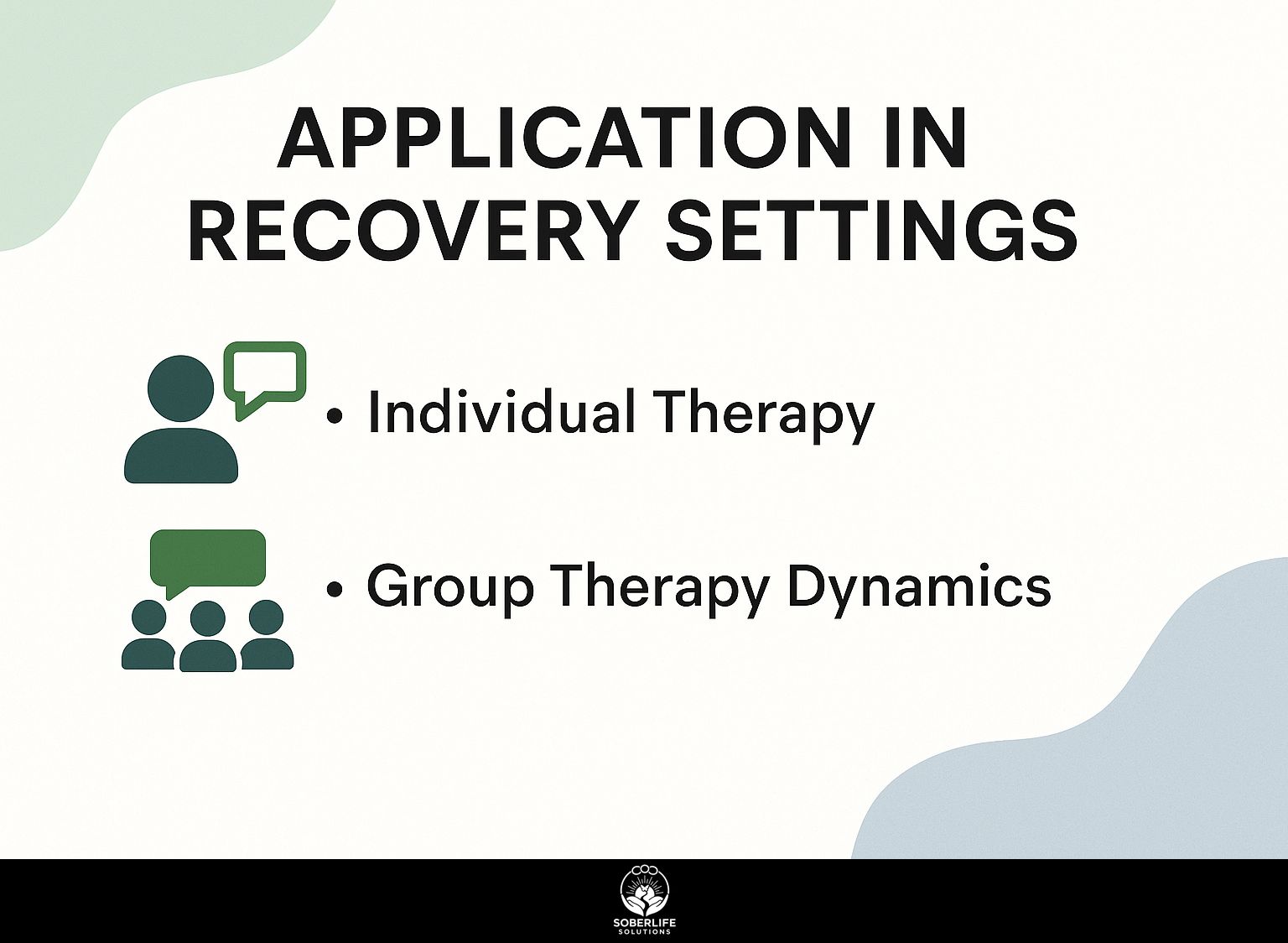
Psychodynamic therapy is helpful in recovery settings, offering individual and group sessions aimed at addressing complex psychological issues such as PTSD. For a deeper understanding of the techniques used by professionals in these settings, explore our comprehensive overview of psychologists’ techniques and their importance in recovery.
Individual Therapy
In one-on-one therapy, psychodynamic techniques build strong bonds between therapist and client, enabling individuals to examine their past and present psychological difficulties.
Therapists use various methods to improve these relationships. Active listening means repeating back clients’ emotions, which helps them feel listened to and understood.
Looking into transference-where clients transfer feelings from past relationships to the therapist-can show important information. Journaling assignments help clients articulate their thoughts and emotions, enhancing self-awareness.
To make the most of these sessions, clients should come prepared to engage in open dialogue, bringing specific issues or memories to discuss. This active participation deepens the therapeutic process.
Group Therapy Dynamics
Group therapy uses shared experiences to improve emotional control and social connections for participants dealing with trauma.
In psychodynamic group therapy, scheduled activities often involve directed discussions, role-playing, and exercises for reflecting on past experiences.
For example, participants might share personal stories about past trauma, with a therapist helping to create a safe space. This can result in helpful comments and approval from coworkers.
Participants can engage in ’emotion check-ins’ where they express their current feelings, promoting awareness and connection. Journaling exercises between sessions also encourage introspection and deeper emotional exploration.
These activities help build a supportive network that is important for recovery and self-improvement.
Impact on Mental Health Recovery
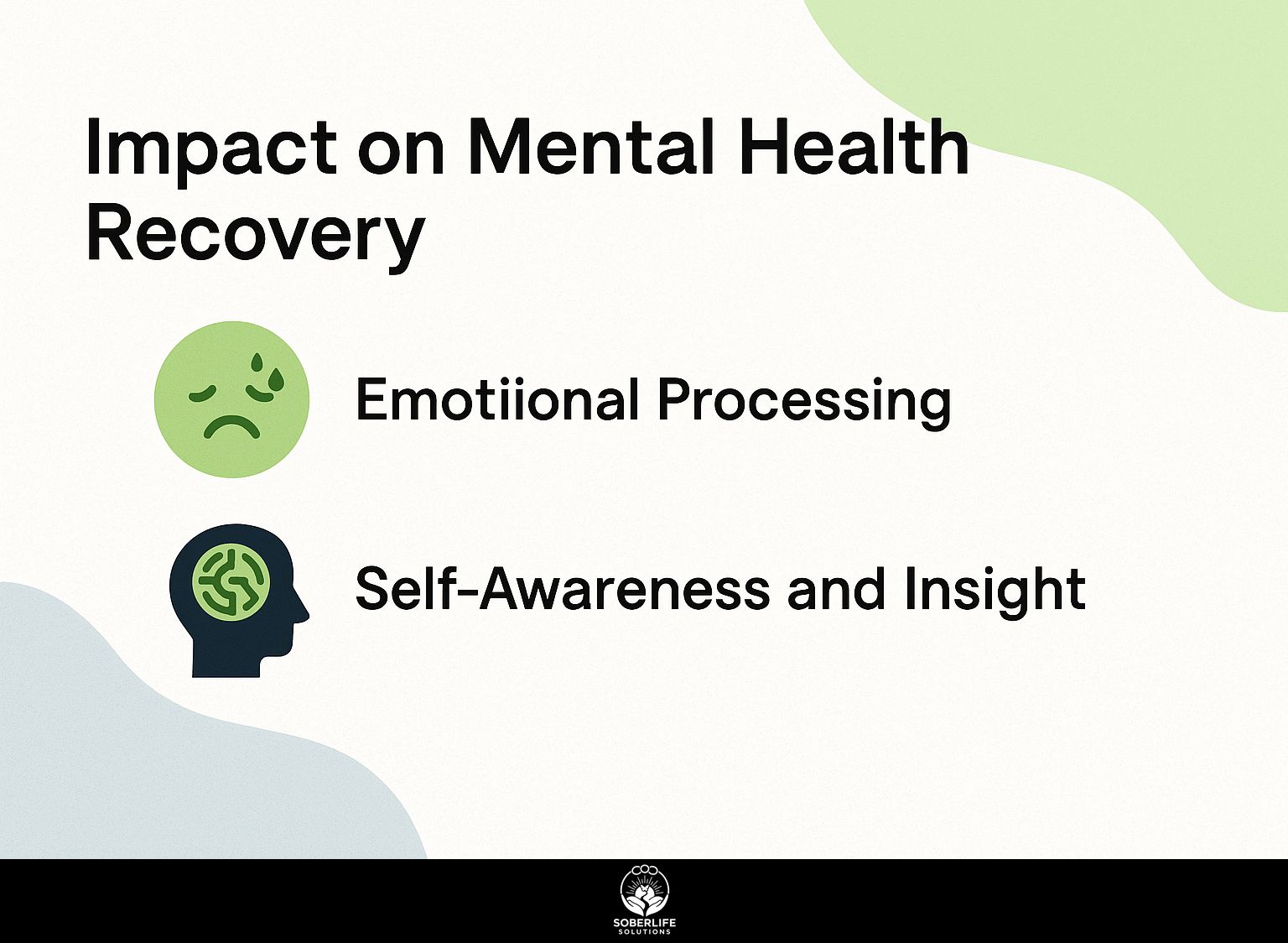
Psychodynamic therapy supports individuals in enhancing their mental well-being by helping them become more aware of their feelings and gain a better sense of self. For those in recovery, understanding the techniques used by psychologists can be especially beneficial. Exploring the various psychologists’ recovery techniques can provide valuable insights into how therapy can aid in this process.
Emotional Processing
In psychodynamic therapy, handling emotions well helps clients address and express the psychological reasons for their problems, which is important for managing PTSD symptoms.
- Two powerful techniques for enhancing emotional processing are journaling and guided imagery.
Journaling encourages clients to articulate their feelings and thoughts, promoting self-reflection. For instance, a client might be guided to write about a triggering event, allowing them to unpack complex emotions over time.
Guided imagery helps clients imagine safe locations and memories, making things clearer. A therapist may ask a client to imagine a peaceful location during sessions to help lessen anxiety and carefully address trauma.
Together, these methods can significantly improve emotional clarity and healing.
Self-Awareness and Insight
Knowing yourself and gaining clarity are key parts of psychodynamic therapy. It helps people learn about their personality traits and behaviors in a supportive setting with a therapist.
Therapists can increase self-awareness by having clients write about their thoughts and feelings, helping them understand themselves better.
Feedback loops encourage clients to share what they learn during sessions, enabling immediate reflection. For example, a therapist might ask, “How did that realization affect your emotional response?”
This ongoing talk creates a safe space for learning, leading to lasting changes in clients’ lives and helping them manage relationships and personal challenges better.
Challenges and Limitations
Psychodynamic therapy offers benefits, but it can have problems such as potential transference issues, and its success may vary across different groups.
To mitigate these challenges, clinicians can employ specific strategies.
- Having regular review meetings helps with discussing and managing shifts in feelings between therapists and clients, making therapy relationships better.
- Second, utilizing standardized assessment tools, like the Core Inventory, enables therapists to adjust techniques based on individual client needs.
Using feedback throughout therapy helps create an environment that can change and respond to needs. For example, using a weekly client feedback form can help monitor progress and promptly address concerns, making the therapy appropriate for different groups of people.
### Next Steps in Emotional and Mental Health Recovery
The aim of psychodynamic recovery moving forward is to combine well-known methods with traditional psychodynamic techniques to make treatment results better.
This integration might include technologies such as teletherapy platforms, which can support remote sessions and improve access.
Looking at methods like mindfulness-based therapy and findings from brain science can help develop more personalized treatments.
Future research could examine how effective it is to combine psychodynamic methods with cognitive behavioral techniques for addressing specific mental health issues.
Looking at results in various patient groups is important for making these combined methods better and making psychodynamic therapy accessible to all.
Frequently Asked Questions
What is the Psychological Approach in Recovery?
The Psycho Dynamic Approach in Recovery is a therapy method that identifies and addresses hidden conflicts and past traumas that might be contributing to mental health problems. It follows the belief that past experiences and relationships have a significant impact on a person’s current thoughts, feelings, and behaviors.
How does the Psycho Dynamic Approach support recovery?
The Psycho Dynamic Approach supports people in recovery by offering a secure environment to examine and deal with the root problems that might be causing their troubles. By dealing with these problems, people can understand their thoughts and actions and make improvements for their recovery.
What are the key ideas of the Psycho Dynamic Approach?
The Psycho Dynamic Approach focuses on three main ideas: buried thoughts and struggles influence behavior, early life experiences influence personality, and the therapy relationship is important for change. It highlights the value of looking into past events and connections to learn and comprehend more.
How does the Psycho Dynamic Approach affect recovery?
The Psycho Dynamic Approach can greatly help recovery by assisting people to comprehend their thoughts, emotions, and actions. By finding and addressing past traumas and conflicts, people can develop better ways to cope and create positive changes in their lives.
Does the Psycho Dynamic Approach work for all individuals in recovery?
The Psycho Dynamic Approach can help many people, but it might not work for everyone. Every person’s path to healing is different, and it’s important to choose a therapy method that suits their specific needs and likes.
What makes the Psycho Dynamic Approach distinct from other therapy techniques?
The Psycho Dynamic Approach is different from Cognitive Behavioral Therapy because it looks at unconscious thoughts and early childhood experiences. It also places a strong emphasis on the therapeutic relationship and exploring past traumas and conflicts, rather than solely focusing on present behaviors and thoughts.

